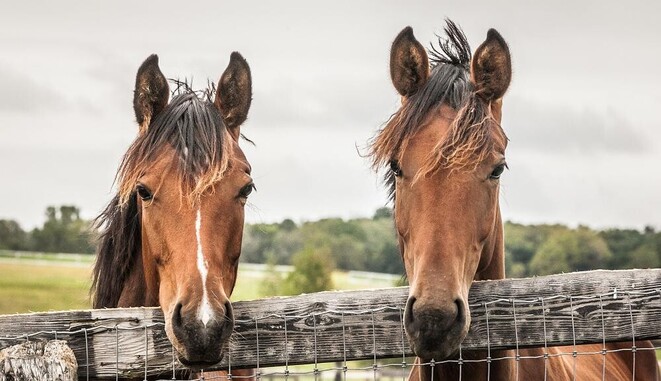Castration of colts is generally a routine procedure that can be done from anytime once two testicles have descended into the scrotum. Colts can be castrated from when they are still on their mother right through to older stallions that have served mares.
Castration is usually done in the paddock at the owner’s property under a short general anaesthetic. This means the colt needs to be well handled enough to inject drugs into the vein. The procedure involves surgically removing the testicles and clamping off blood vessels with emasculators. The surgical site is left open for drainage of the site in the days following castration. Light bleeding can be normal following castration but heavier bleeding is more of a concern.
Evisceration, or guts falling out, and infection are other less common complications. The older a stallion is, the more complications that can arise from castration. All colts will be treated with a short course of antibiotics, a short-acting tetanus antitoxin and anti-inflammatories after surgery.
Aftercare of a new gelding that has just been castrated involves a short course of antibiotics and exercise for a few days to ensure adequate drainage and minimise swelling of the area.
Occasionally we find some colts only have one descended testicle. This classifies them as a cryptorchid, more commonly known as a rig. Testicles descend from up near the kidney during fetal development, and down through the inguinal canal into the scrotum. Sometimes the testicle doesn’t make it all the way into the scrotum so the colt presents as a rig. A rig will still have all the same behaviours as a colt and can still be fertile. It is not appropriate to remove the descended testicle without removing the undescended one, as the animal will still be a colt. If a rig is identified it is recommended for the surgery to take place at the clinic under more controlled conditions in case the abdomen needs to be opened while looking for the undescended testicle. The surgical site is then closed by sutures. A colt who has had a closed castration should not be actively exercised for at least 10 days after surgery.
Castration of colts is a common procedure that is essential for managing behaviour and fertility in many males horses but it does not come without possible complications.
- Megan Reidie

